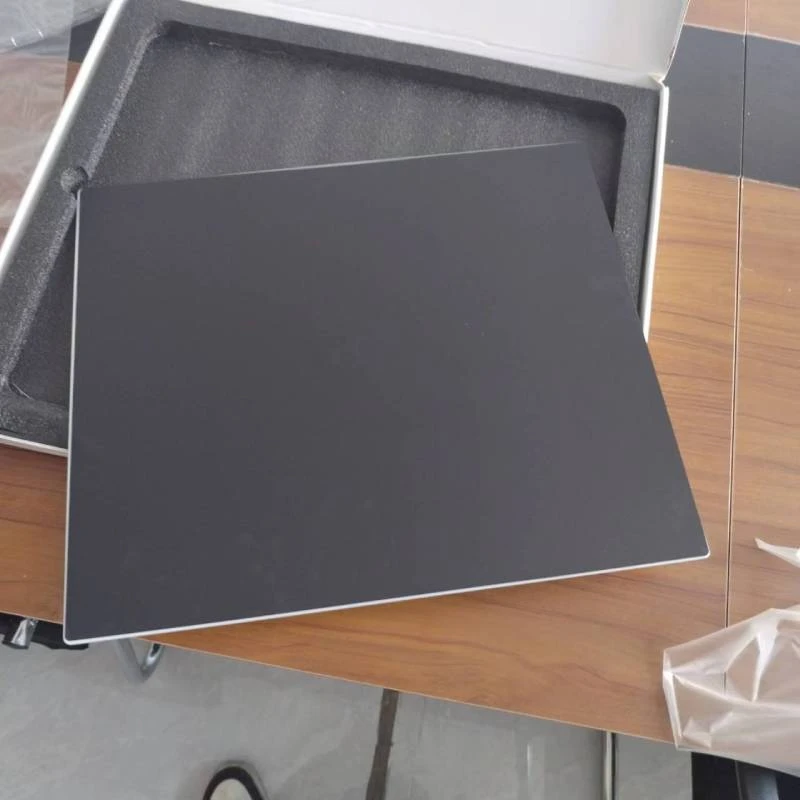The Evolution and Efficiency of Float Glass Production Lines
Float glass, recognized for its unparalleled clarity and smoothness, has become a cornerstone in industries ranging from construction to automotive. The process of producing float glass is intricate and has evolved over the years, showcasing advancements in technology, sustainability, and efficiency. This article will embark on a detailed exploration of the float glass production line, shedding light on its operational mechanisms, technological innovations, and the future of glass manufacturing.
Understanding Float Glass
Float glass refers to the type of glass produced by floating molten glass on top of molten tin. This process, invented by Sir Alastair Pilkington in the1950s, allows for the creation of uniform glass sheets. The result is a high-quality product with consistent thickness and minimal distortion, ideal for various applications, including windows, glass doors, and facades. The production line's efficiency and quality control are paramount to meeting the growing global demand for glass products.
The Float Glass Production Process
The production of float glass involves several stages, each crucial to ensuring the glass's quality and performance. The primary stages of the process are as follows
1. Batch Preparation The first step involves preparing the raw materials, which typically include silica sand, soda ash, and limestone. These ingredients are carefully measured and mixed to create a homogenous batch.
2. Melting The prepared batch is then fed into a furnace, where it is subjected to high temperatures (over 1,500°C) to melt the raw materials. This step requires significant energy and precision, as the melting process must ensure complete homogenization of the glass melt.
3. Float Process Once the glass is melted, it is poured onto a surface of molten tin. The molten glass floats and spreads out, creating a flat, even surface. This floatation reduces internal stresses and results in a high-quality glass sheet.
4. Annealing After the float process, the glass moves into an annealing lehr, where it cools gradually. This step is vital to relieve any stress generated during the heating and floating processes, ensuring that the glass maintains its integrity.
float glass production line
5. Cutting and Packaging Once cooled, the glass is cut into sheets of various sizes and packaged for distribution. Quality checks are performed at every stage to ensure that the final product meets industry standards.
Technological Innovations
In recent years, float glass production lines have embraced cutting-edge technologies to enhance efficiency and reduce environmental impact. Automation plays a significant role in modern production lines, streamlining operations and allowing for precise control over various parameters. Automated cutting machines, for instance, can minimize waste and improve production speed.
The adoption of environmentally friendly practices has also become a focal point in the industry. Many manufacturers are now utilizing recycled materials in their batches, significantly lowering the raw material footprint. Additionally, advancements in furnace technology allow for improved energy efficiency, with some modern furnaces reducing energy consumption by up to 30%.
Sustainability in Float Glass Production
Sustainability has become a critical driver in the float glass industry. With growing concerns about environmental impacts, manufacturers are increasingly adopting practices that minimize waste and decrease energy use. Innovations such as using solar energy to power production processes and shifting to lead-free glass formulations reflect a commitment to sustainable practices.
Furthermore, the implementation of closed-loop systems in production lines helps in recycling water and heat, reducing overall resource consumption. By prioritizing sustainability, companies not only comply with regulations but also meet the rising consumer demand for eco-friendly products.
Future Prospects
As the construction and automotive industries continue to expand globally, the demand for float glass is projected to rise. Manufacturers must remain adaptable and forward-thinking, investing in research and development to maintain competitiveness. The integration of artificial intelligence in the production line could revolutionize quality control, predictive maintenance, and inventory management.
In conclusion, the float glass production line represents a harmonious blend of traditional craftsmanship and modern technology. With ongoing advancements and a strong emphasis on sustainability, the future of float glass production looks promising. As the industry evolves, it will undoubtedly continue to play a pivotal role in shaping our built environment and enhancing the quality of life through innovative glass solutions.
 Afrikaans
Afrikaans  Albanian
Albanian  Amharic
Amharic  Arabic
Arabic  Armenian
Armenian  Azerbaijani
Azerbaijani  Basque
Basque  Belarusian
Belarusian  Bengali
Bengali  Bosnian
Bosnian  Bulgarian
Bulgarian  Catalan
Catalan  Cebuano
Cebuano  Corsican
Corsican  Croatian
Croatian  Czech
Czech  Danish
Danish  Dutch
Dutch  English
English  Esperanto
Esperanto  Estonian
Estonian  Finnish
Finnish  French
French  Frisian
Frisian  Galician
Galician  Georgian
Georgian  German
German  Greek
Greek  Gujarati
Gujarati  Haitian Creole
Haitian Creole  hausa
hausa  hawaiian
hawaiian  Hebrew
Hebrew  Hindi
Hindi  Miao
Miao  Hungarian
Hungarian  Icelandic
Icelandic  igbo
igbo  Indonesian
Indonesian  irish
irish  Italian
Italian  Japanese
Japanese  Javanese
Javanese  Kannada
Kannada  kazakh
kazakh  Khmer
Khmer  Rwandese
Rwandese  Korean
Korean  Kurdish
Kurdish  Kyrgyz
Kyrgyz  Lao
Lao  Latin
Latin  Latvian
Latvian  Lithuanian
Lithuanian  Luxembourgish
Luxembourgish  Macedonian
Macedonian  Malgashi
Malgashi  Malay
Malay  Malayalam
Malayalam  Maltese
Maltese  Maori
Maori  Marathi
Marathi  Mongolian
Mongolian  Myanmar
Myanmar  Nepali
Nepali  Norwegian
Norwegian  Norwegian
Norwegian  Occitan
Occitan  Pashto
Pashto  Persian
Persian  Polish
Polish  Portuguese
Portuguese  Punjabi
Punjabi  Romanian
Romanian  Russian
Russian  Samoan
Samoan  Scottish Gaelic
Scottish Gaelic  Serbian
Serbian  Sesotho
Sesotho  Shona
Shona  Sindhi
Sindhi  Sinhala
Sinhala  Slovak
Slovak  Slovenian
Slovenian  Somali
Somali  Spanish
Spanish  Sundanese
Sundanese  Swahili
Swahili  Swedish
Swedish  Tagalog
Tagalog  Tajik
Tajik  Tamil
Tamil  Tatar
Tatar  Telugu
Telugu  Thai
Thai  Turkish
Turkish  Turkmen
Turkmen  Ukrainian
Ukrainian  Urdu
Urdu  Uighur
Uighur  Uzbek
Uzbek  Vietnamese
Vietnamese  Welsh
Welsh  Bantu
Bantu  Yiddish
Yiddish  Yoruba
Yoruba  Zulu
Zulu 

